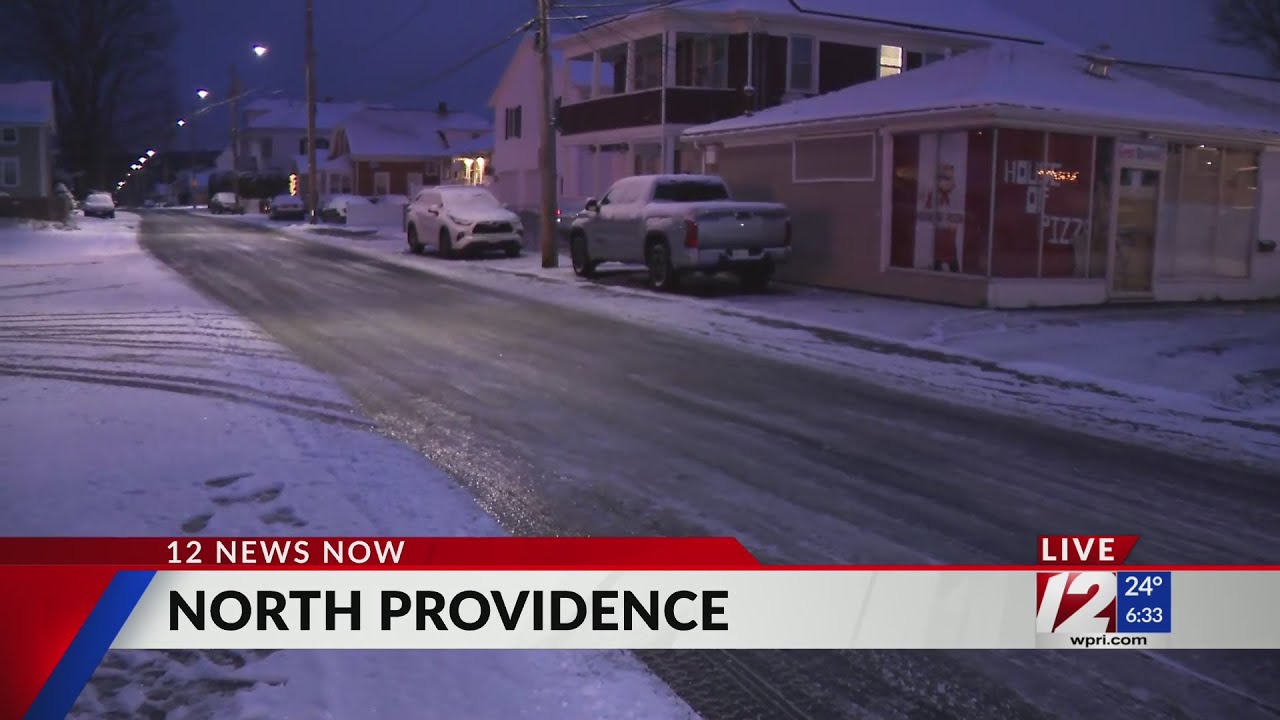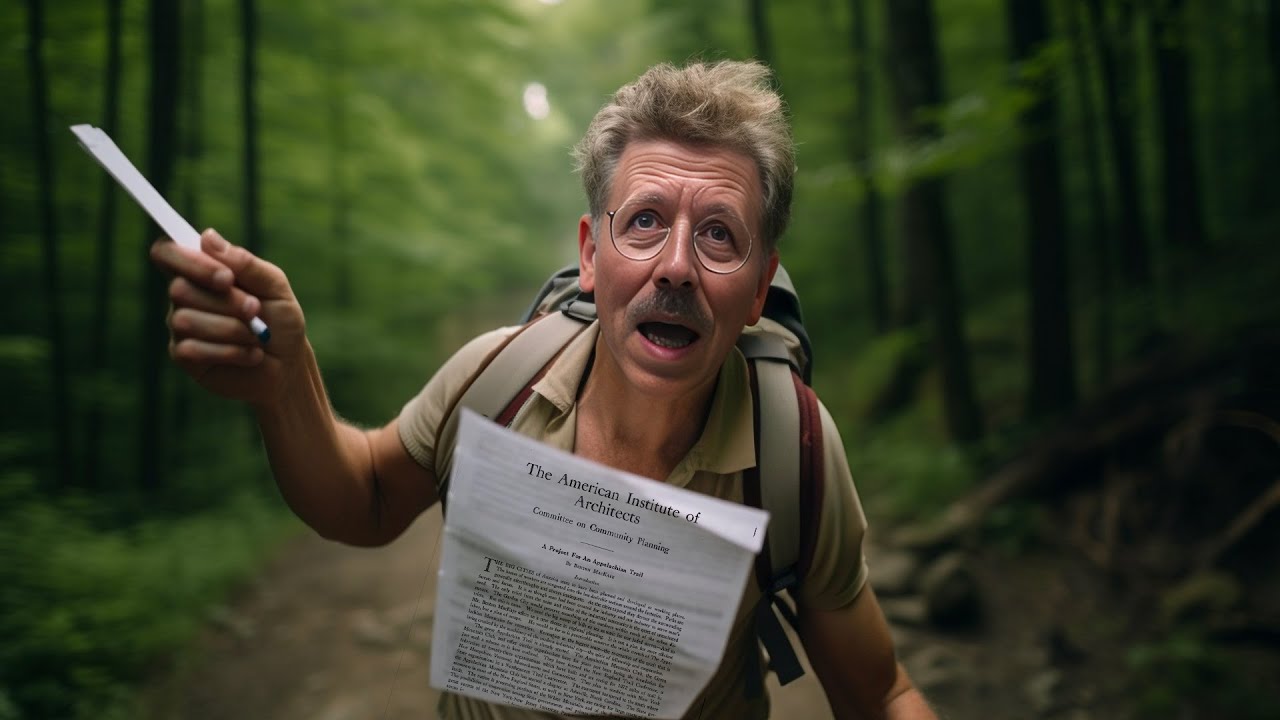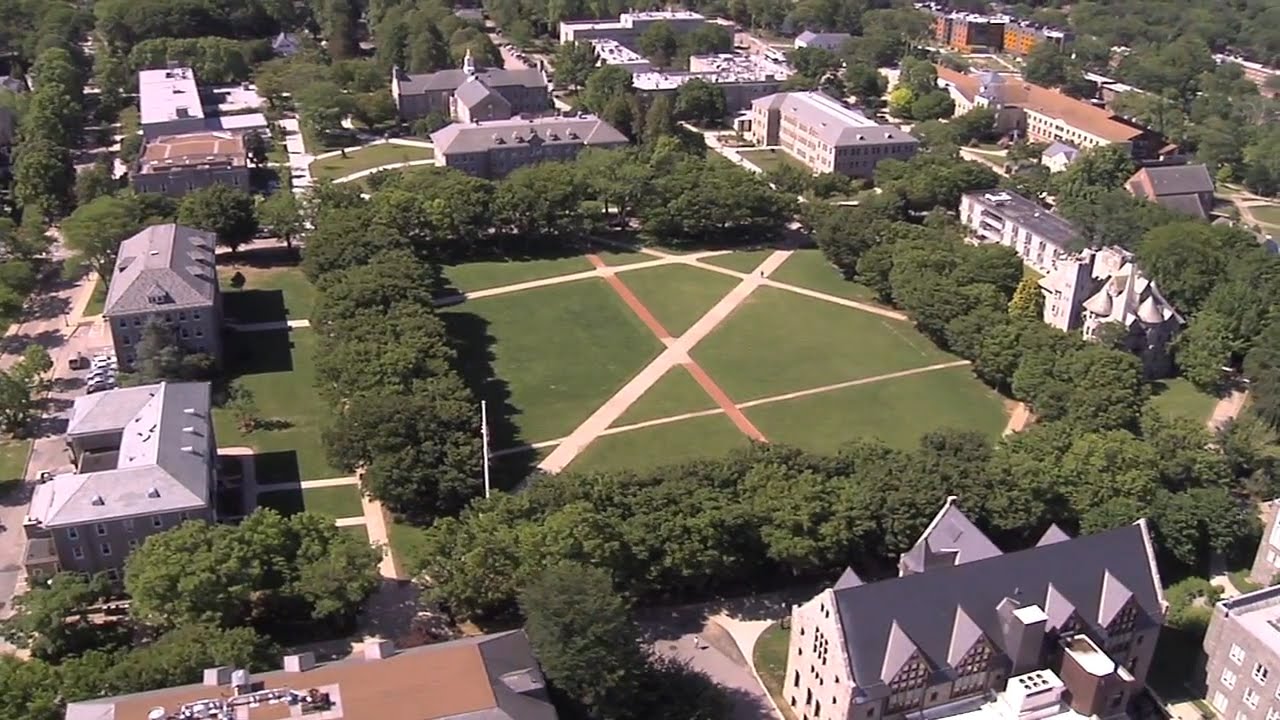Introduction: Understanding the Timing of the First Frost in Rhode Island
The timing of the first frost in Rhode Island is a significant natural event that affects various aspects of the state’s environment and economy. The first frost marks the end of the growing season and the beginning of winter. This article will delve into the factors influencing the timing of the first frost, historical data showcasing when it typically occurs, climate change impacts, variations across regions within Rhode Island, agricultural implications, predicting techniques, long-term forecasting, the influence of human activities, climate adaptation strategies, and the impact on wildlife and ecosystems.
Factors Affecting the Timing of the First Frost in Rhode Island
Several factors contribute to the timing of the first frost in Rhode Island. One key factor is latitude, which determines the angle at which the sun’s rays hit the Earth’s surface. Generally, areas closer to the poles experience an earlier first frost compared to those closer to the equator. Additionally, elevation plays a role, with higher elevations experiencing earlier frosts due to cooler temperatures.
Other factors include proximity to large bodies of water, prevailing wind patterns, and the state’s diverse landscape. Coastal areas tend to have a later first frost due to the moderating effect of the ocean, whereas inland regions experience earlier frosts. Furthermore, the topography of Rhode Island, characterized by valleys and hills, can create microclimates, resulting in variations in the timing of the first frost.
Historical Data: When Does the First Frost Typically Occur in Rhode Island?
Based on historical data, the first frost in Rhode Island typically occurs in early to mid-October. However, there is considerable annual variability, with some years experiencing an earlier or later first frost. In the northern regions of the state, such as Woonsocket, the first frost usually arrives around October 10th. In the southern coastal regions, like Newport, the first frost tends to occur around October 20th.
Over the past few decades, there has been a noticeable trend towards later first frosts in Rhode Island. This shift can be attributed to climate change, which will be discussed in more detail in the following section.
Climate Change Impact: Shifting Patterns of the First Frost in Rhode Island
Climate change has had a discernible impact on the timing of the first frost in Rhode Island. As global temperatures rise, the first frost is occurring later in the year. This phenomenon is consistent with the overall trend of prolonged warm seasons and shorter winters. Climate models predict that this trend will persist, resulting in further delays in the arrival of the first frost.
The shifting pattern of the first frost has implications for the state’s ecosystems, agriculture, and human activities. It disrupts the natural cycle of plants and animals, affects crop yields and planting schedules, and requires adjustments in various sectors to adapt to the changing climate.
Variations Across Regions: First Frost Differences in Rhode Island
Rhode Island’s small size does not mean uniformity in the timing of the first frost across the state. Due to the aforementioned factors, there are variations in the first frost dates across different regions. Coastal areas, being influenced by oceanic thermal regulation, experience a later first frost compared to inland areas. Additionally, elevation differences contribute to variations, with higher elevations witnessing earlier frosts.
These regional differences are crucial for farmers, gardeners, and other stakeholders to consider when planning their agricultural activities and making climate-related decisions. Understanding the variations across regions is vital for effective climate adaptation strategies.
Agricultural Implications: How Does the First Frost Impact Crops in Rhode Island?
The timing of the first frost has substantial implications for Rhode Island’s agricultural sector. The first frost marks the end of the growing season, leading to the loss of warm-weather crops. Frost damages or kills sensitive plants, such as tomatoes, peppers, and beans, which are not adapted to withstand freezing temperatures.
To mitigate the impact of the first frost, farmers often employ protective measures such as covering crops with frost blankets or harvesting crops before the first frost arrives. However, the shifting pattern of the first frost due to climate change presents challenges for farmers, who must continually adapt their planting schedules and crop selections to ensure a successful harvest.
Predicting the First Frost: Tools and Techniques Used in Rhode Island
To predict the timing of the first frost, various tools and techniques are utilized in Rhode Island. Meteorologists rely on weather models, historical data, and observations to make forecasts. Farmers and gardeners also utilize local weather stations, which provide real-time data on temperature and weather conditions. Additionally, advanced technologies, such as remote sensing and satellite imagery, help monitor and analyze temperature patterns, aiding in predicting the first frost.
The accuracy of these predictions has improved over the years, allowing farmers and other stakeholders to make informed decisions regarding crop management and harvest timing.
Long-Term Forecasting: What Does the Future Hold for the First Frost in Rhode Island?
Long-term forecasting of the first frost in Rhode Island suggests a continuation of the trend towards later frosts due to climate change. As global temperatures rise, the growing season will likely be extended, impacting agricultural practices, wildlife behavior, and ecosystem dynamics. It is essential to monitor these changes and adapt accordingly to mitigate the potential consequences.
Human Activities and the First Frost: Influence of Urbanization in Rhode Island
Human activities, particularly urbanization, can influence the timing of the first frost in Rhode Island. Urban areas tend to have a slightly later first frost compared to rural areas due to the urban heat island effect. The presence of concrete, asphalt, and buildings contributes to higher temperatures, delaying the onset of frost.
Understanding the influence of human activities on the first frost is crucial for urban planners, policymakers, and scientists to develop strategies that mitigate the urban heat island effect and minimize the impact on the overall climate.
Climate Adaptation Strategies: Dealing with Changes in the First Frost in Rhode Island
Given the observed and projected shifts in the timing of the first frost in Rhode Island, it is essential to develop climate adaptation strategies. These strategies can include diversifying crop selections, modifying planting schedules, implementing protective measures, and utilizing advanced technologies for monitoring and predicting the first frost.
Collaboration between farmers, scientists, policymakers, and other stakeholders is key to developing effective and sustainable climate adaptation strategies. By embracing these strategies, Rhode Island can minimize the negative impacts of the changing first frost patterns and ensure the resilience of its agricultural sector.
The First Frost’s Impact on Wildlife and Ecosystems in Rhode Island
The first frost also has significant implications for wildlife and ecosystems in Rhode Island. It triggers changes in animal behavior, such as migration and hibernation, and affects the availability of food sources. Additionally, the first frost influences the growth and reproduction cycles of various plant species, which can have cascading effects on the entire ecosystem.
Monitoring the timing of the first frost is crucial for understanding these ecological dynamics and implementing appropriate conservation measures. By preserving and protecting habitats, Rhode Island can support its diverse wildlife and maintain the health and integrity of its ecosystems.
Conclusion: Understanding the Importance of Monitoring the First Frost in Rhode Island
The timing of the first frost in Rhode Island is a critical event that impacts numerous aspects of the state’s environment and economy. Factors such as latitude, elevation, proximity to water bodies, and regional variations influence the timing of the first frost. Climate change has resulted in shifting patterns, with the first frost occurring later in the year. These changes have implications for agriculture, wildlife, ecosystems, and human activities.
Through the use of predictive tools and techniques, stakeholders can anticipate the timing of the first frost and make informed decisions. Long-term forecasting indicates that the first frost will continue to occur later due to climate change. Managing the impact of the first frost requires climate adaptation strategies, considering variations across regions and the influence of human activities.
Monitoring the first frost is crucial for understanding its implications and taking appropriate measures to protect Rhode Island’s agriculture, wildlife, and ecosystems. By recognizing the importance of the first frost and its evolving patterns, Rhode Island can work towards a sustainable and resilient future.





